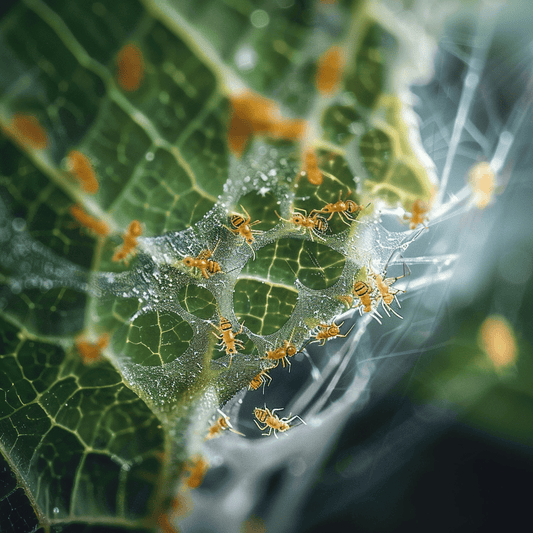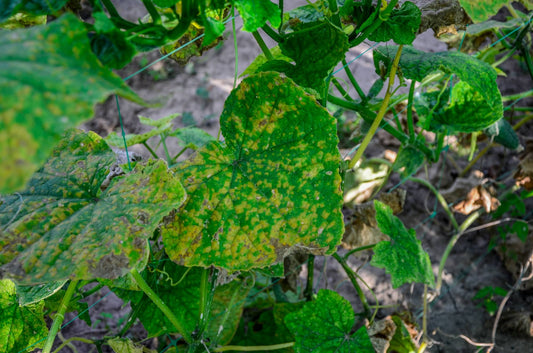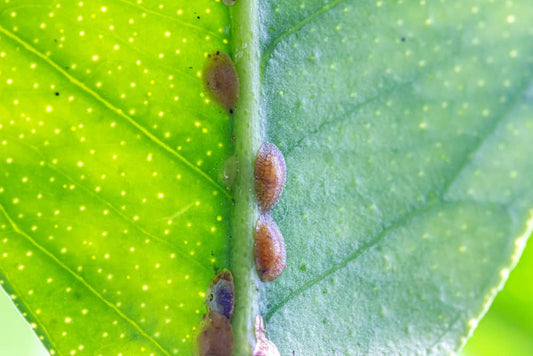Cutworms, belonging to the family Noctuidae, pose a significant threat to hydroponic gardens, attacking seedlings and young plants at the soil line. These nocturnal caterpillars are known for their destructive feeding habits, which can severely impact a wide variety of crops. Understanding cutworm behavior, life cycle, and implementing early detection with effective control measures is crucial for protecting your plants.
Recognizing Cutworm Damage
Cutworms are identified by the damage they inflict, including seedlings cut off at the soil line, notches on leaf edges, and holes in fruits. Affected plants may wilt or be completely severed, signaling an urgent need for intervention.
Life Cycle and Conditions Favoring Growth
Cutworms can overwinter in the soil as larvae or pupae, emerging in spring to feed. They are attracted to weedy areas and garden debris, which provide shelter and breeding grounds. While most active in spring and early summer, cutworms can persist year-round in controlled environments like hydroponics if conditions are favorable.
Preventive Measures
Keeping growing areas clean and free of weeds and debris is essential. Physical barriers, such as collars placed around the stems of young plants, can effectively prevent cutworm access.
Treatment Strategies
Manual removal of cutworms during evening inspections and soil cultivation to expose larvae are traditional control methods. Additionally, home remedies can provide effective, natural solutions for managing cutworm infestations.
Home Remedies for Cutworms
1. Eggshell Barrier
-
Instructions: Crush and spread eggshells around the base of seedlings. The sharp edges deter cutworms from reaching the plants, acting as a physical barrier.
2. Diatomaceous Earth
-
Instructions: Sprinkle food-grade diatomaceous earth around plant bases to create a protective ring. Its sharp edges lacerate and dehydrate cutworms upon contact.
Monitoring and Maintenance
Regular inspections of plants and the soil around stem bases are crucial for early detection of cutworm activity. Maintaining dry conditions around plant bases can also discourage cutworm presence.
Integrated Pest Management
Employing these home remedies as part of an integrated pest management strategy, including cultural, physical, and chemical measures when necessary, is vital. Regular monitoring, clean growing areas, and preventive measures are essential steps in minimizing cutworm impact on hydroponic and garden plants. Through vigilant care and the implementation of effective control measures, hydroponic gardeners can protect their plants from the threat of cutworms, ensuring healthy growth and productivity.




